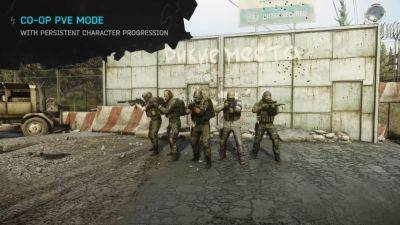Western Digital will be shipping 4TB SD cards in 2025 for handhelds, laptops, or anything that needs tiny-BIG storage
Known for offering bags of storage in a teeny tiny format, SD cards have been pretty slow at piling on the gigabytes over the years, compared to HDDs, SSDs, and other storage formats. Western Digital plans to step things up a notch or two, though, stating that it expects to launch 4TB models in its SanDisk range next year.
News of the forthcoming products, reported by Anandtech (via Ars Technica), is likely to be well received by anyone with a digital camera or handheld device who've been frustrated by the fact that SD cards have only just reached the 2TB level—and I when I say 'only just', I'm talking about January of this year.
While the SDUC (Secure Digital Ultra Capacity) format of the 7.0 SD specification permits up to 128TB, no such drives exist on the market. The reason why is fairly simple. Compared to something like an M.2 2280 size NVMe drive, SD cards are seriously restricted on space, so multiple NAND flash chips can't be attached to increase the storage capacity.
That means flash chip manufacturers have needed to develop increasingly more complex and expensive methods to increase the amount of gigabytes. All of them use a variation of 3D stacking, where the grid of memory cells is expanding vertically and horizontally. For example, if you could pick apart Western Digital's SN850X SSD, you'd see two NAND flash chips on the circuit board.
Inside each of these are eight dies, which in turn comprise two planes of 112 layers of memory cells. That's not the densest being made by Western Digital, as its 8th generation of BiCS FLASH (co-created by Toshiba) boasts 218 layers. But to get 4TB in a standard SD card, Western Digital will probably have to use even more than that, as the available space for the chip restricts how many dies can be inside it.
Best SSD for gaming: The best speedy storage today.
Best NVMe SSD: Compact M.2 drives.
Best external hard drives: Huge capacities for less.
Best external SSDs: Plug-in storage upgrades.
SD cards aren't known for being







